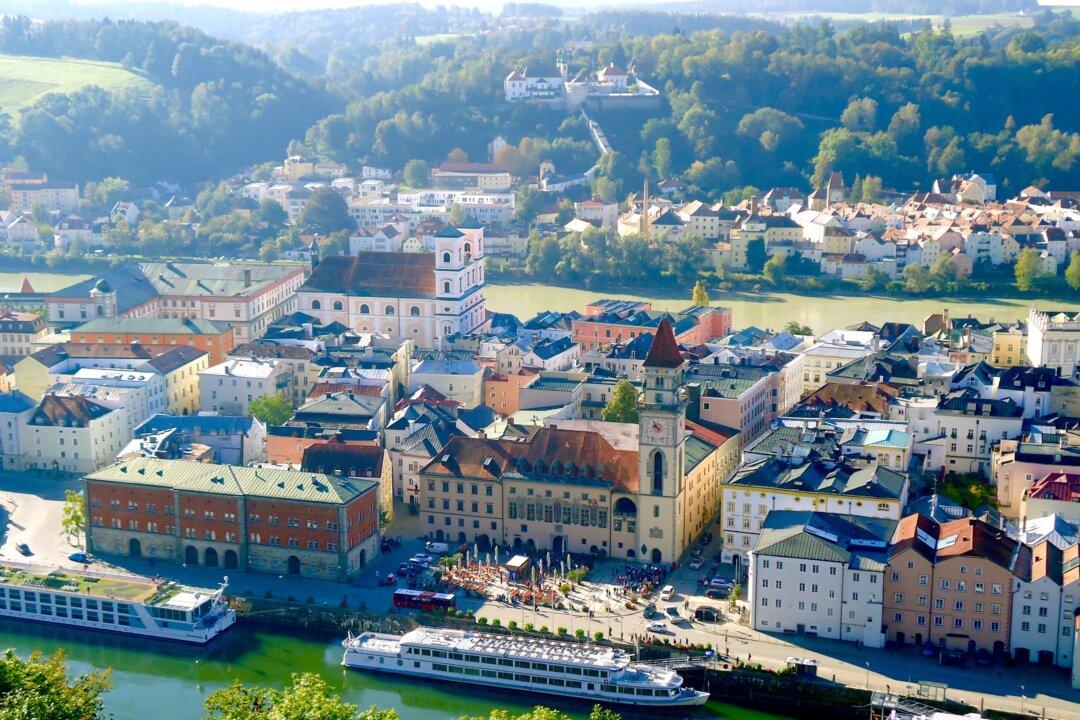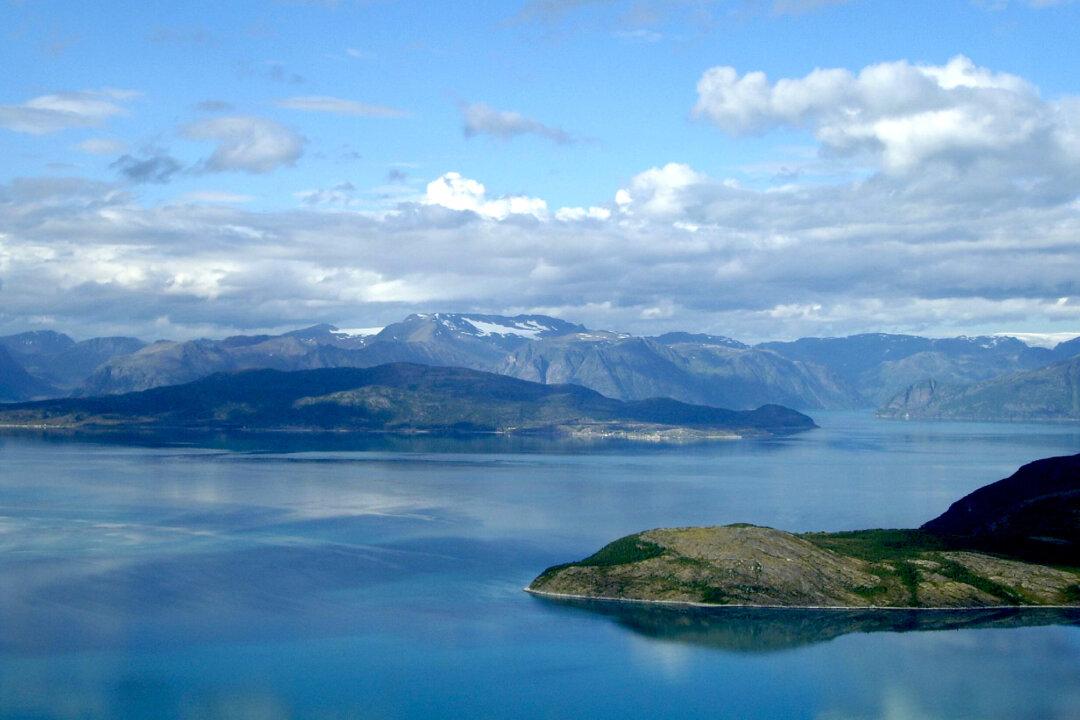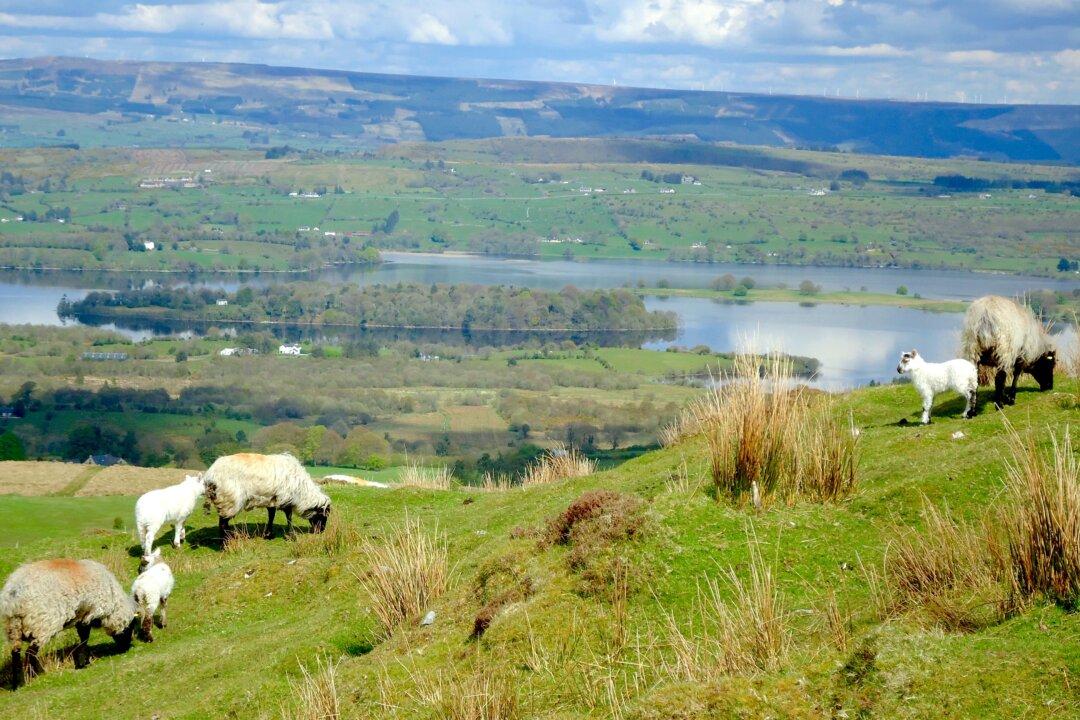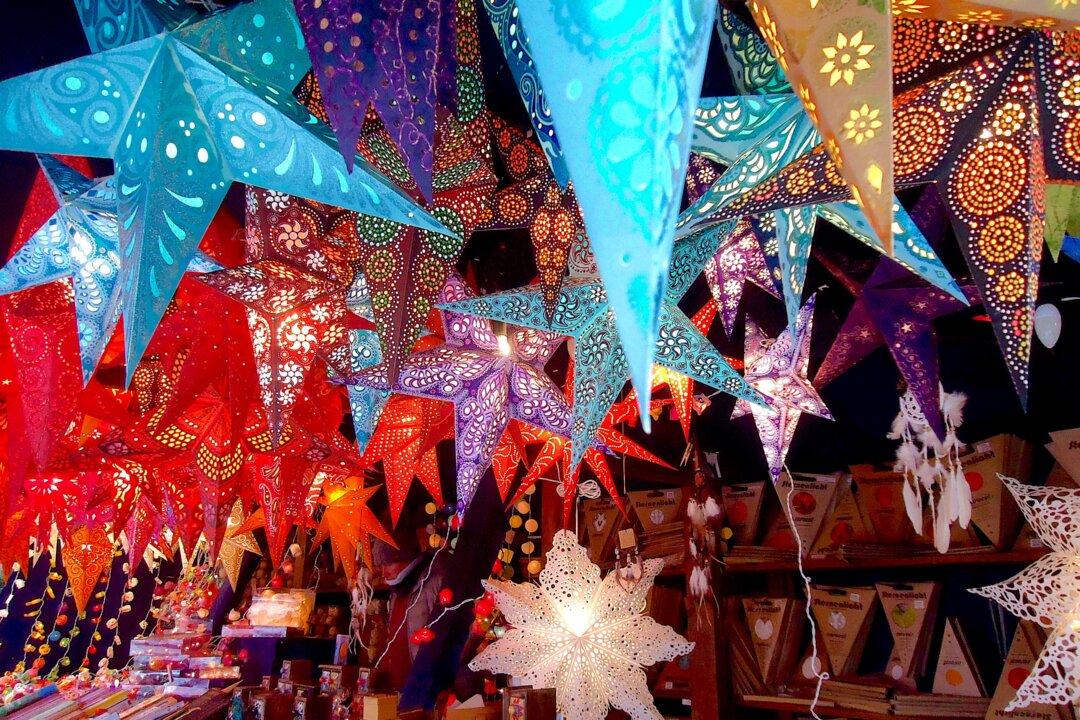I was three years old the first time I saw Catalina Island and the town of Avalon, 30 miles off the California coast. It was my parents’ special spot. On their first date, they sailed there on a white steamship and danced to big band music at Avalon’s iconic Catalina Casino.
I remembered Avalon as a magical place with flying fish, brightly coloured tile walls, and a candy store where strands of salt-water taffy were pulled into shape by a mechanical stretcher. On a clear January day I decided it was time to take another look. The steamship days are gone but a smaller, faster ship, the Catalina Starship Express, whisked me in just an hour to the tiny harbour of Avalon.
Coming in by sea, the town—with its curving bay, steep cliffs layered with period houses, and great white cake of a Casino perched on a tiny tip of land—looks like a miniature Monte Carlo, but with a difference. There has never been gambling at the casino, just a world-class ballroom, a museum, and a movie theatre, the first one built to show talking pictures.
And unlike Monte Carlo, there are few cars. Most residents and visitors get around in golf carts. I headed for the golf cart rental office and met with a surprise. Hanging on the wall was a blown-up photo showing four young women posing in a pony cart on Avalon’s Crescent Avenue. The one in the middle was my mother!
History of the Island
Catalina Island is 22 miles long and 8 miles at its widest spot and the only inhabited island in California’s Channel Islands chain. The Tongva Indians lived here as early as 7000 BCE and used to quarry local soapstone for trade. The Spanish explorer Sebastian Vizcaino dropped anchor here on St. Catherine’s Day 1602 and named the island Santa Catalina.
In 1918, chewing gum magnate William Wrigley Jr. bought the entire island and founded the small town of Avalon, which has kept its turn-of-the-century look of narrow streets and small wooden bungalows. In 1972, Wrigley’s son created the Catalina Island Conservancy which maintains 90 percent of the island in a pristine natural state.




